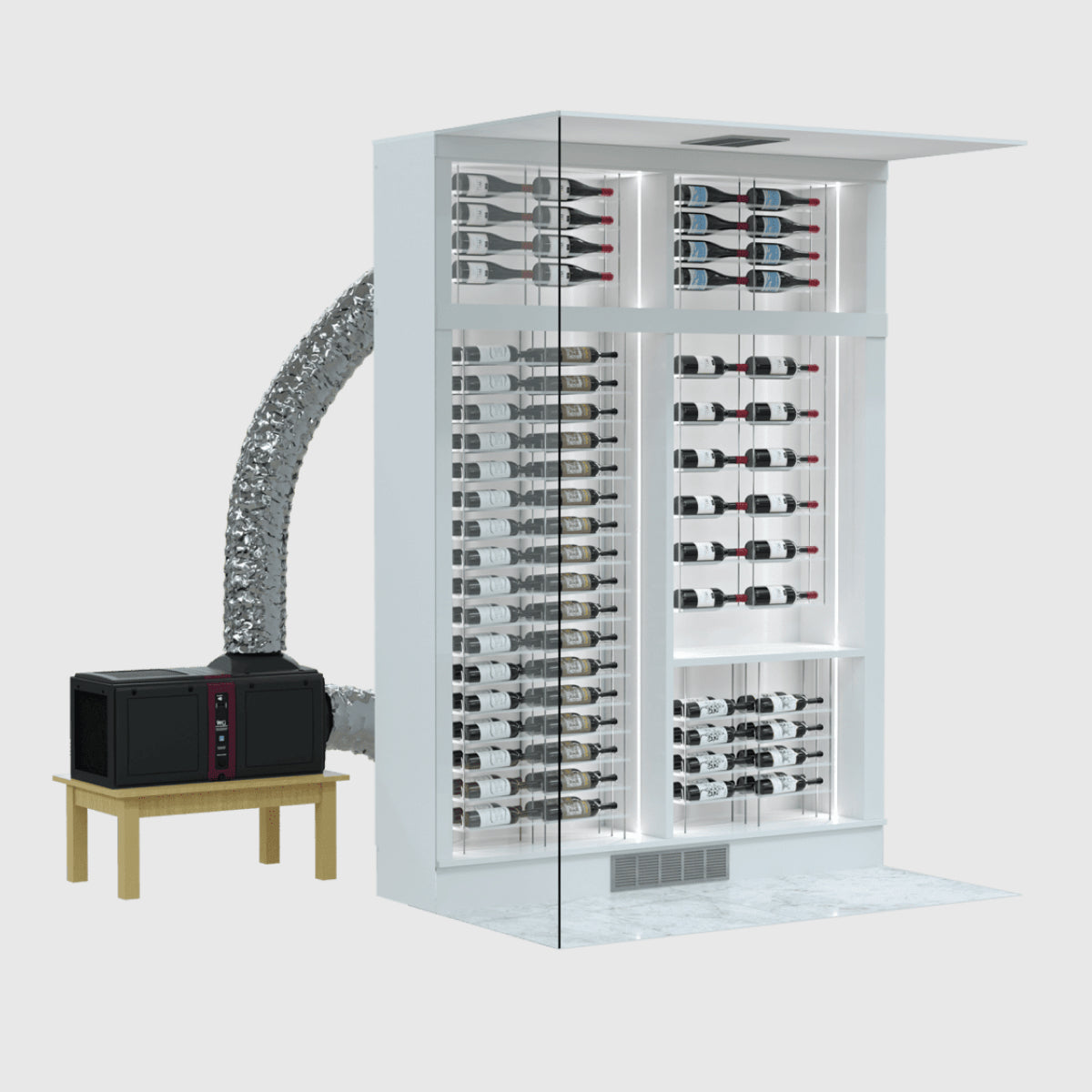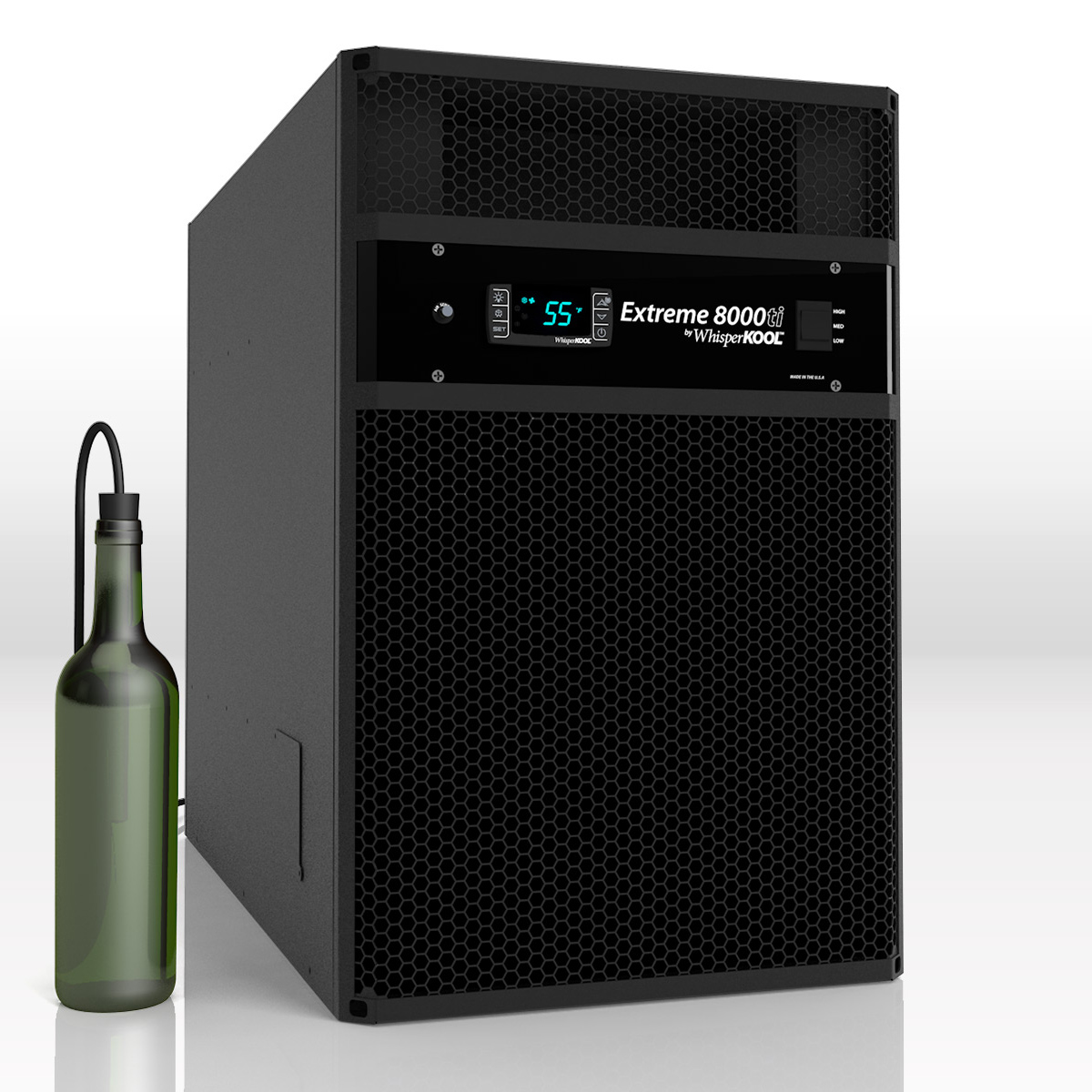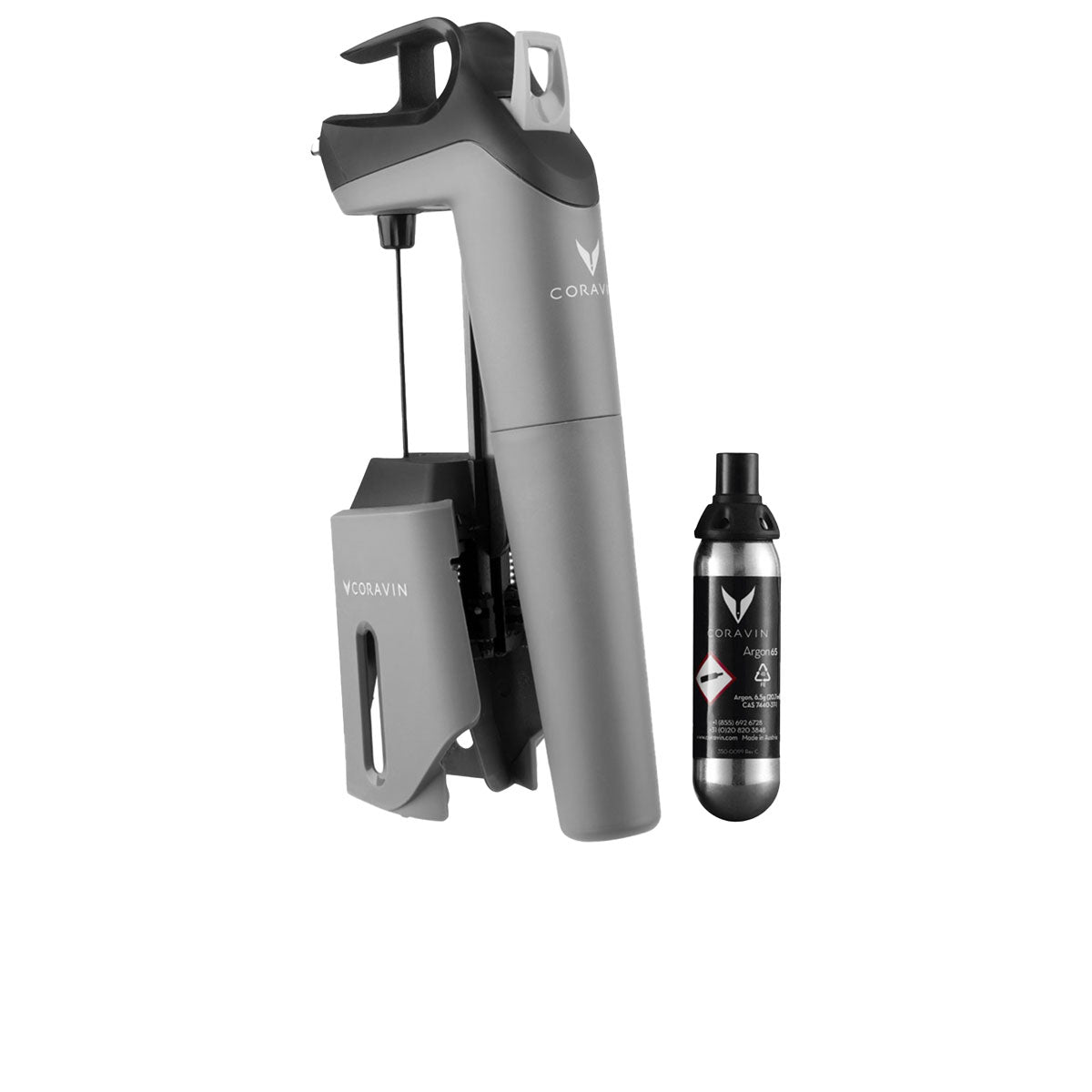Wine Care Guide
Established In 1995
Custom wine cellar design and build construction services for 30+ years
Custom Design Services
Experienced in-house team of design specialists & craftsmen
Live chat support
MON 9am to 5pm EDT
TUES-FRI 9am to 6pm EDT
SAT 9am to 4pm EDT
30-Day Returns
Shop with peace of mind with our 30-day Returns Policy




































